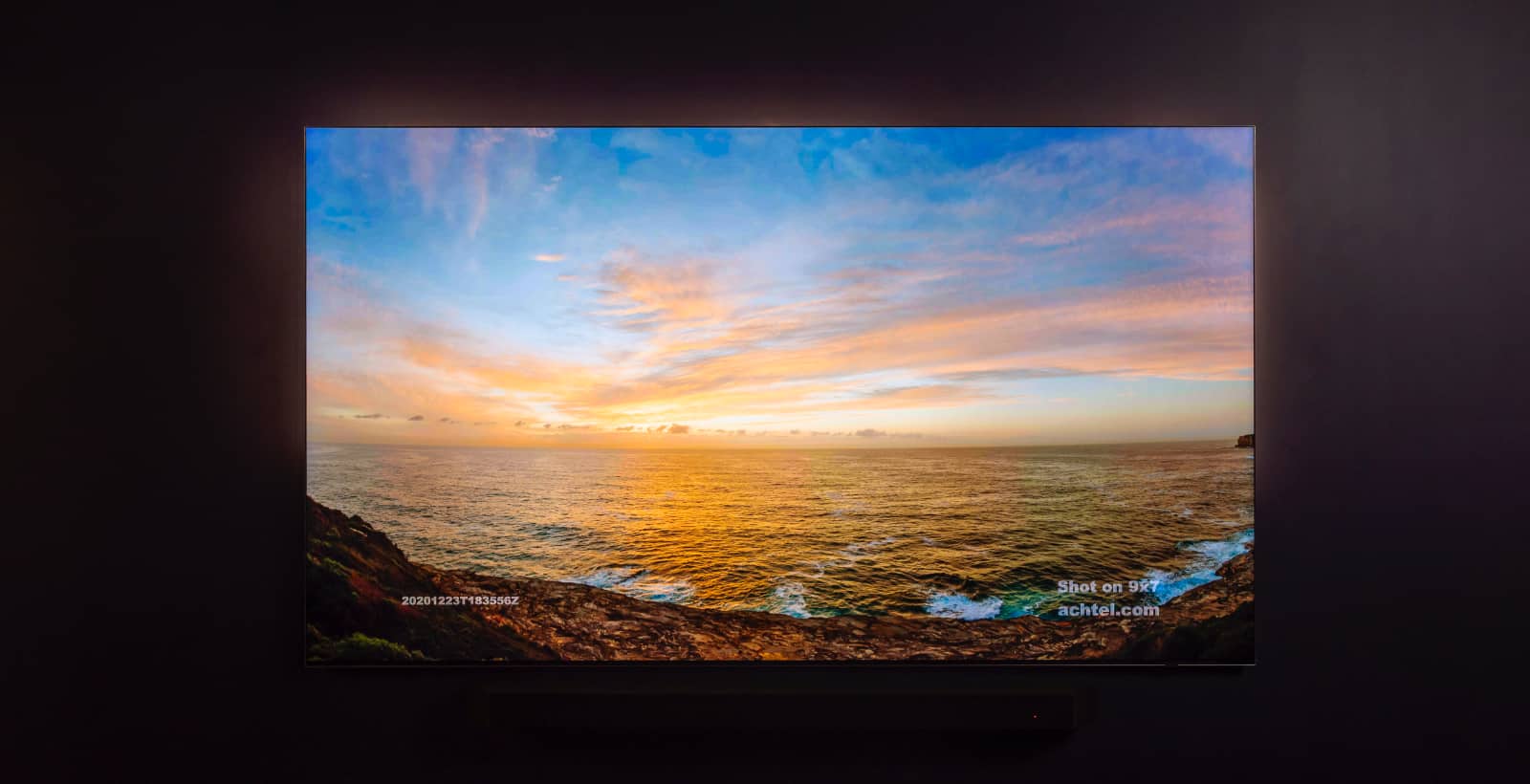More TVs, soundbars, and speakers are on the way, as Samsung details its 2024 range coming to Australia between now and the middle of the year.
It’s the March to May TV changeover season, and if you’re a regular Pickr reader, you probably know what that means: new TVs are here. And even if you’re not a regular reader, you may already feel it simply because of how many ads are popping up around the place for TVs at seemingly low prices.
That’s a sure sign that manufacturers are looking to get rid of the old stock and replace it with the new stock, meaning last year’s ranges can be found for less ahead of the new models arriving.
However, those new models are also arriving now, and following LG’s release of 2024 TVs, Samsung is ready with screens aplenty for Australian customers.
This year, the range of Samsung home entertainment tech runs from LED-backlit TVs to OLED, with a creative take on sound along for the ride as well.
Samsung’s top tech in 4K and 8K
The best of the tech may well be found in Samsung’s Neo QLED range, which represents the best of what you can find in Samsung’s LED-backlit panels in 2024. That may not be news, either, as has been the case for the past few years of Samsung TV announcements.
In 2024, Samsung’s offerings cover both 4K and 8K, the latter of which will have the most going for it, largely because Neo QLED 8K aims to offer the best features across the board.
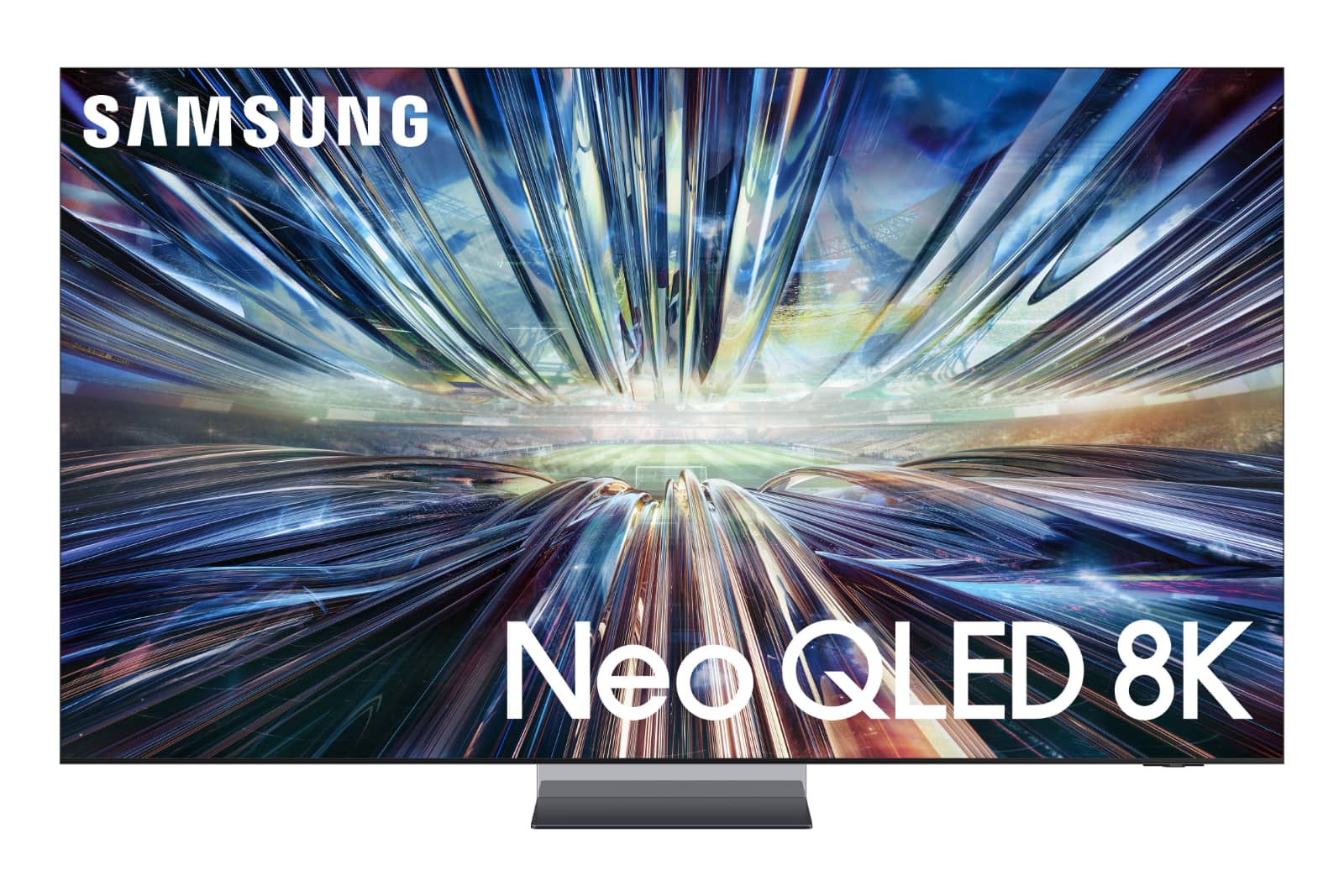
Aside for a top-tier LED-backlit panel with quantum dots for colour honing, the 2024 Neo QLED 8K TVs include a good dose of AI, partly because it’s the industry’s buzzword at the moment, but also because TV makers can train AI to do things that improve how you watch TV.
To do this, Samsung’s Neo QLED 8K TVs use a new chip, the NQ8 AI Gen 3, which offers faster speed and improved neural performance to let the TV upscale media to 8K better than before, while the tech also works with AI technologies such as AI Motion Enhancer Pro and Real Depth Pro to improve the motion in sports and impact the visuals you watch to be clearer on the TV.
AI is also there in gaming with an “Auto Game Mode”, that can optimise what you see while you game, likely improving the frame rate and speed dependent on the game in question.
Samsung is also talking up AI for sound, with improvements to object tracking and voice amplification, the former of which syncs the sound to the speakers in the TV by tracking what’s happening on-screen, while the latter helps ensure dialogue isn’t muddled with background noise.
The TVs may also sound better inside a room, with Samsung Adaptive Sound Pro analysing room acoustics to blend the sound of the TV and the environment so that the experience is improved. That may change dependent on whether you use a soundbar or sound system from another manufacturer, but it should be useful for those who decide to use it.
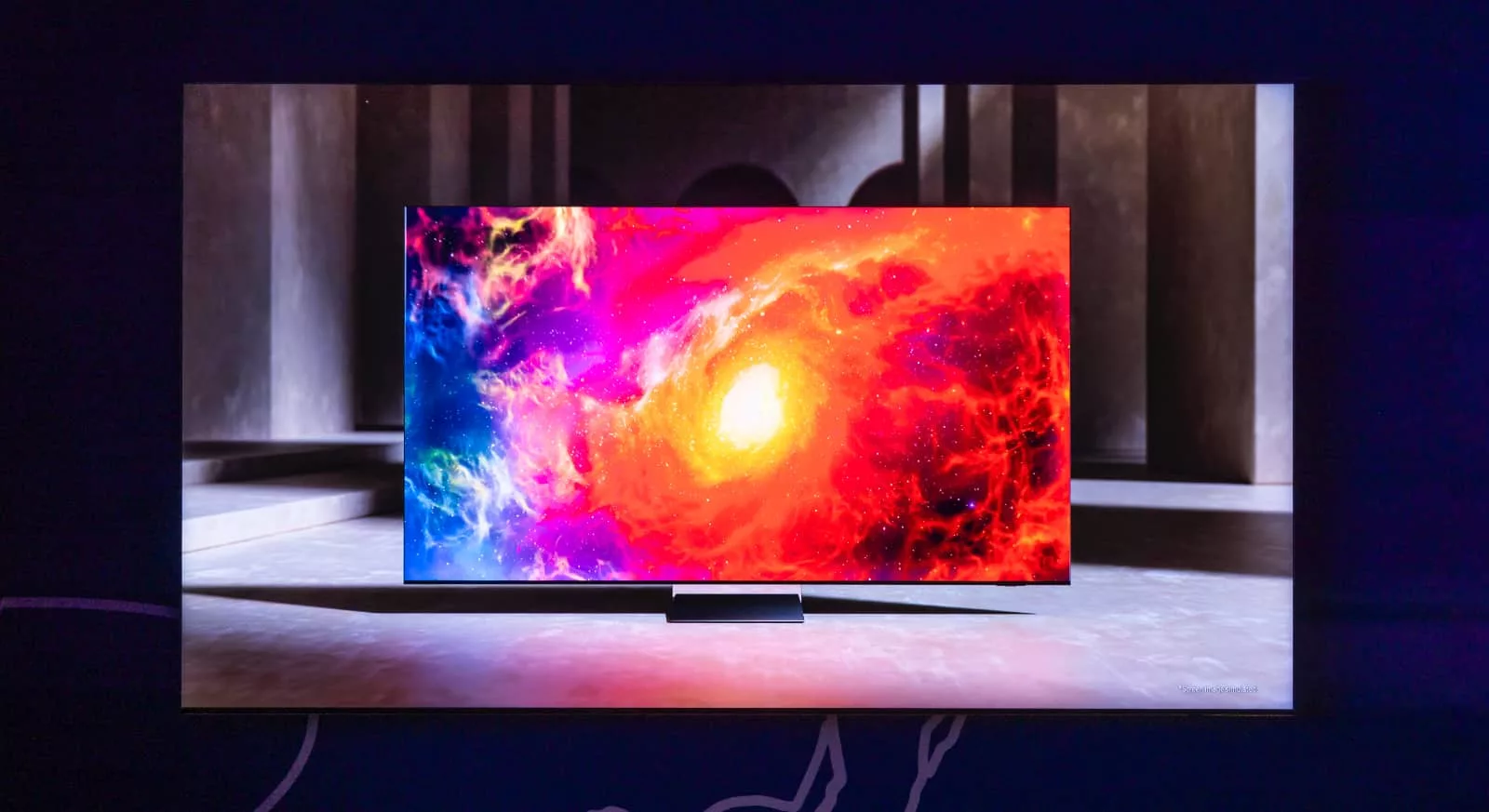
Samsung’s QLED 8K range won’t start cheap, fetching $5569 for the 65 inch QN800D and up to $10,444 for the 85 inch variety, while the more premium QN900D will start at $7530 for a 65 inch with the 85 inch model costing $13,900 in Australia.
Worth noting that some of those new features also won’t be available unless you spend up on the QN900D, as the NQ8 Gen3 chip is only on the highest end model, which means the QN800D may miss out.
You won’t necessarily need to spend up as high to get a Neo QLED feature set, though. If you don’t need 8K and are happy with 4K, Samsung will have Neo QLED there, too.
Samsung’s Neo QLED will also come in a 4K model with the QN90D, starting at $4668 for a 65 inch TV and stretching as high as 85 inches for $7585 and 98 inches for $15,172.
The tech between the Neo QLED 4K and Neo QLED 8K won’t be exactly the same, thanks in part to them running a different chip, the NQ4 AI Gen2 chip. The 2024 Neo QLED 4K TVs will still see depth enhancing tech and sound tracking, but in a 4K panel for folks who mightn’t care about 8K.
Given that 8K media is largely still non-existent and everything is upscaled, some folks mightn’t care. You can always capture your own 8K videos on compatible phones, such as the Galaxy S24 Ultra, but for the most part, everything is upscaled from 4K into 8K.
Samsung’s glare-free S95 OLED 4K is here, too

At the same time, Samsung will offer an OLED TV in Australia, as its previously announced S95 4K OLED TV offers up something no other OLED has: glare-free viewing.
It’ll run on the same NQ4 Gen2 chip used in the 4K Neo QLED TVs, running depth enhancer technology as well as other AI features designed to improve the image quality.
Two OLED ranges will also be out, with the 55 inch OLED S90D starting from $3837, while the premium S95D will start from $4640 for 55 inches, costing as much as $9281 for the 77 inch variety.
Big 4K TVs for more price points
While the focus for Samsung’s 2024 TV range is largely on the best of the best for the high-end, the company is also catering for more price points.
Regular QLED sans the “neo” name and tech is also available, and arriving in some big sizes, too. Samsung’s QLED Q80C 4K TV will be found in multiple sizes, including a 98 inch Q80C 4K TV, which will run for $11,849 in Australia, compared to the $15K price of the Neo QLED QN90D.
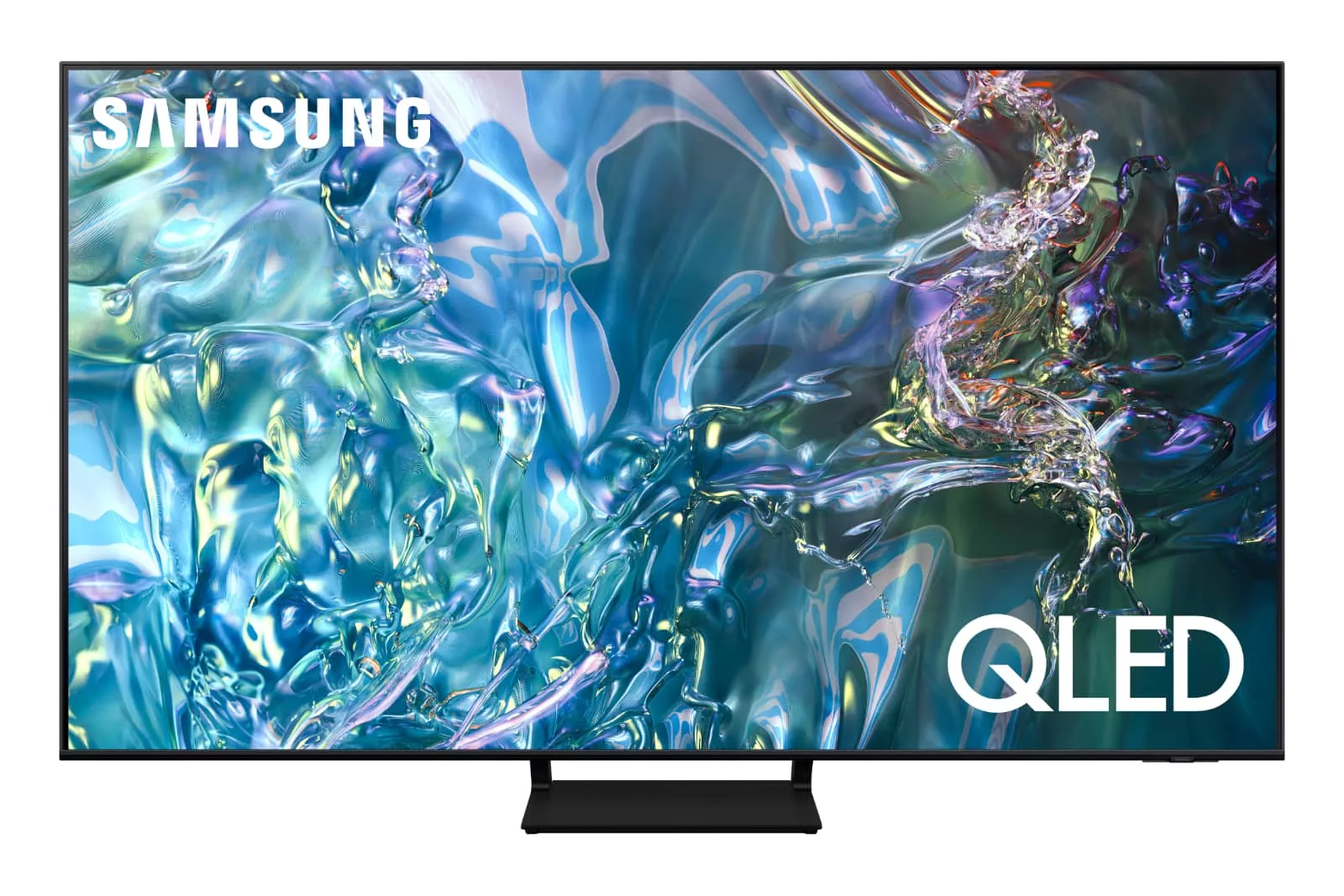
A saving of four grand on a 4K TV is nothing to sneeze at, especially if you don’t necessarily need the differences between the tech, or can’t even see them with your eyes, but Samsung will also have another model range that goes below this.
It’ll skip the quantum dot tech and be a little more basic, but this year’s entry-level 4K offering from Samsung will be the DU range of TVs, led by the 98 inch Crystal UHD DU7700, which will offer a 98 inch TV for $6755. That’s a staggering size for under $7K, and it may be enough to bring people over, particularly if they don’t care about all the extras that quantum dots, depth enhancing tech, and colour accuracy provides.
They’ll still run on the same TV OS, with Tizen along for the ride, and Samsung notes they’ll have their own uses of AI to deal with upscaling, noise reduction, and darkness control, even if it mightn’t be quite as advanced as the Neo QLED offerings.
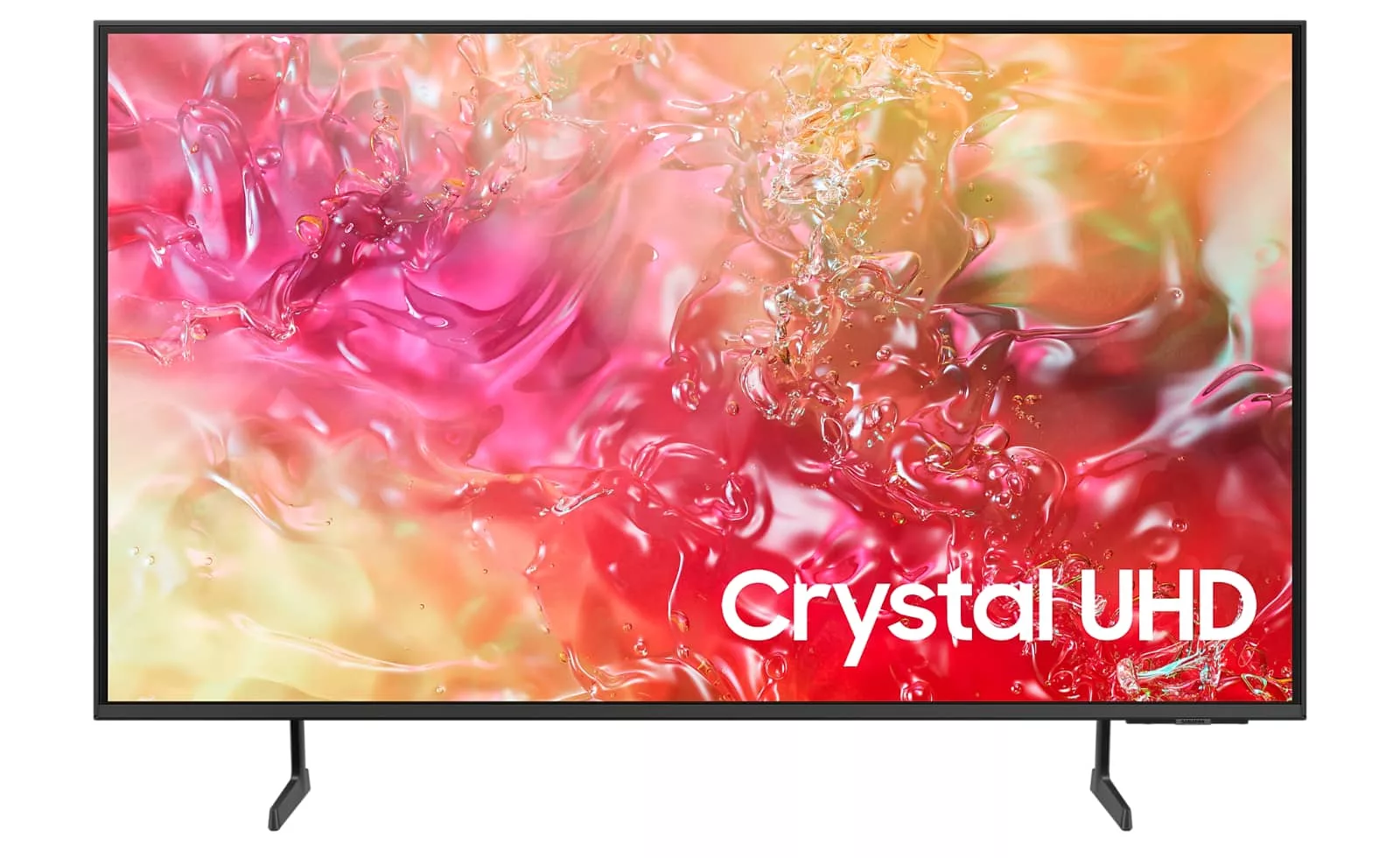
Sound is framed for the wall
One of the more intriguing announcements from Samsung this year comes in something made for your wall, as the company tackles sound as a picture frame.
That’s the idea of the Samsung’s “Music Frame”, which follows on from its The Frame lifestyle TV as a piece of wall-friendly art made to be a little more functional than a standard picture frame.
The Frame TV does this by being a picture frame that can change images simply by working out the art you want to run, and then doubling up as a 4K TV for everything else. The frame of The Frame TV is wood and it doesn’t look like a conventional TV, giving you something that does two jobs rather than one: it is both a dynamically changing picture frame and a 4K TV you can use.
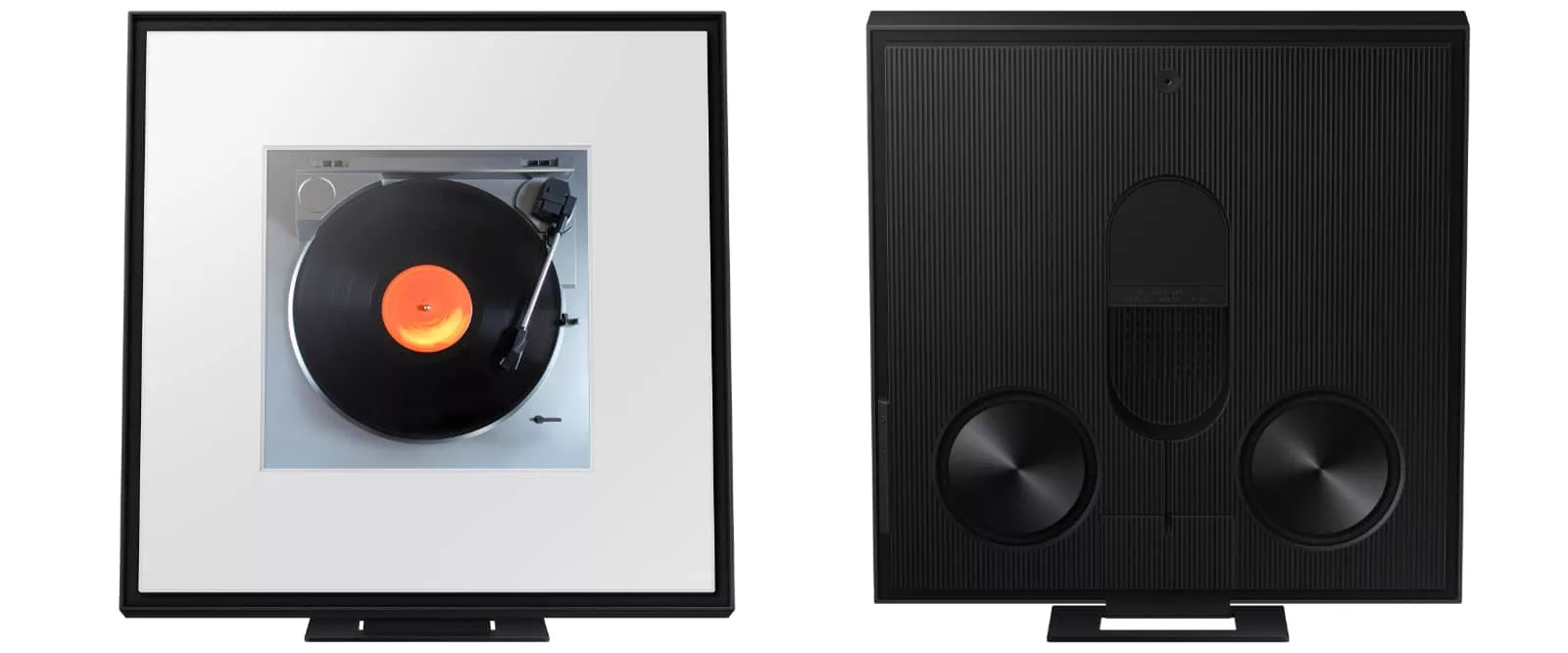
In a way, Samsung is trying to do this with the Music Frame, a picture square picture frame you’ll be able to place photos and cards into that encases six speakers at the back over two channels. There’s technically support for virtualised Dolby Atmos in the design, as well as Bluetooth and NFC to connect the Music Frame to your phone, but it’s also designed to be used with a TV.
If you have a Samsung TV, you’ll be able to wirelessly connect the Music Frame to the TV and have it work as a side speakers, or alternatively have it connect using AirPlay, such as from an Apple TV 4K.
Interestingly, Samsung’s frame-based speaker isn’t the first time we’ve seen this concept pop up. The IKEA Sonos-connected Symfonisk Picture Frame also tried this concept, though IKEA didn’t make it possible for you to add your own pictures, which Samsung is doing with inserts.
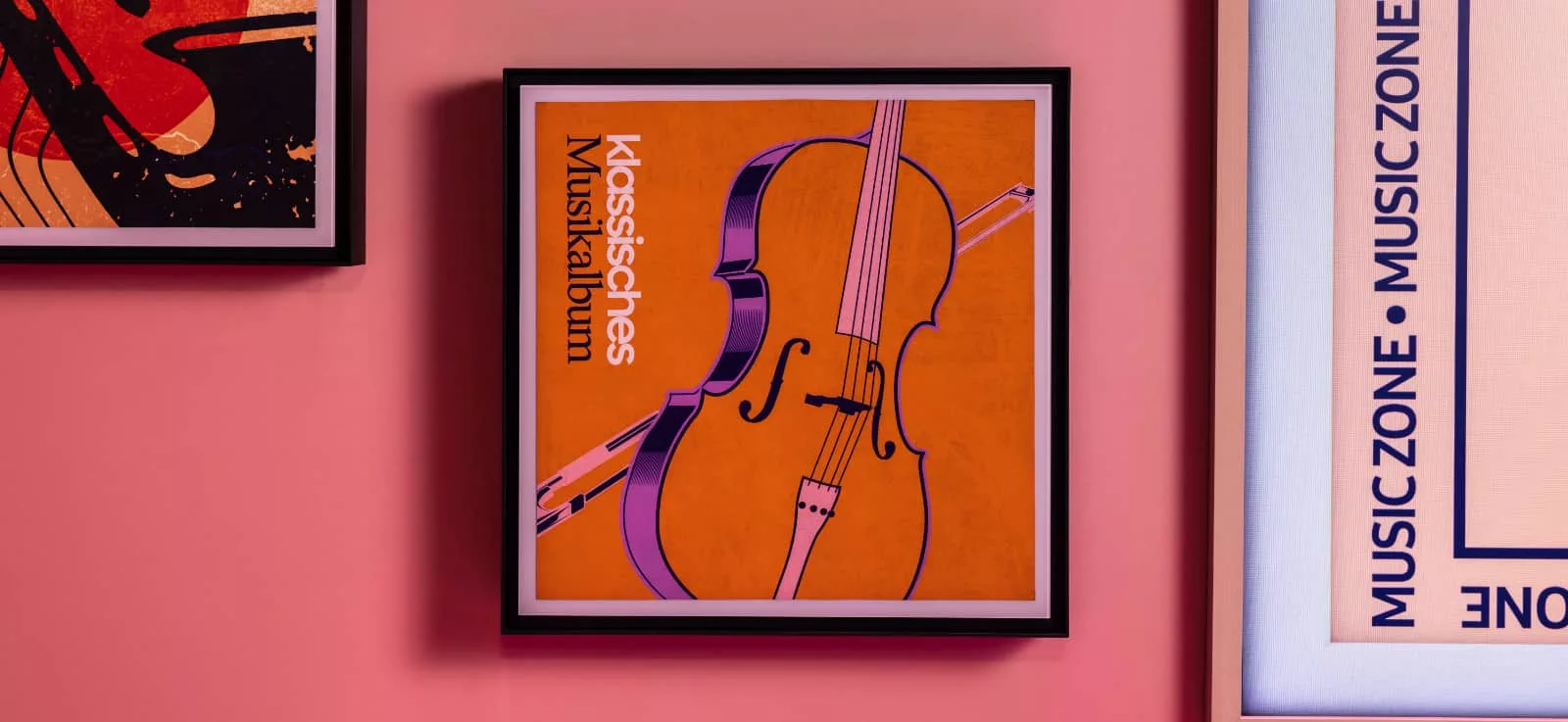
More sound choices
Outside of the Music Frame, Samsung will have a few soundbars to choose from, including an 11.1.4 model with wireless Dolby Atmos spatial sound.
At the high-end, the Q990D aims to bring a best in tech sound experience support speaker grouping across 11 channels of surround, one subwoofer, and four dimensional speakers for wide spatial sound.
Priced at $2099, Samsung’s Q990D won’t exactly be cheap, though Samsung’s $999 S800D could provide something less expensive for Samsung TV owners, offering a 3.1.2 sound with two up-firing speakers, one sub, and three surround channels for Dolby Atmos in a slim design.

Availability in Australia
The range does look to be quite detailed, with 4K and 8K for many price points, and a reasonable amount in sound, too.
“At Samsung, we have a screen for every experience, lifestyle, and passion point,” said Jeremy Senior, Vice President of Consumer Electronics at Samsung Australia.
“With more Australians opting to have the TV at the hub of their home, we are committed to providing immersive audio and visual solutions to suit all wants and needs,” he said.
Samsung’s TV and sound system range looks to be heading to stores locally quite soon, with many of these models available shortly.


